By Jerry Yeric, March 25, 2020
Elections are the foundation of democratic governance. As pointed out throughout the years, Hot Springs Village operates as a quasi-municipal government, and therefore, those elected to the Board have duties and responsibilities that closely parallel those of city councilmembers. In addition, the functions and responsibilities of the HSV Boards have changed significantly over the years with increased decision-making being placed on the Boards, as the role of the developer has decreased. These changes have resulted in Board members being held increasingly accountable for their decisions while called upon to make more decisions than previous Boards. Elections, therefore, have greater consequences each year. There are many elements to an election, but two are significant in understanding an outcome. The first is straightforward—who won and who lost. The second is not; to explain why people cast their votes the way they did has a multitude of explanations that are not easily discerned, and the rationale behind a vote varies widely. This said, there are a number of observations that can be drawn from the results that aid in providing greater context to an election. These include: (1) the percent of eligible voters who cast a vote—turnout. (2) How the votes were distributed between those who reside in the village and those who do not—resident versus non-resident.
The 2020 election had five distinguishing factors. First, it took place amid a health pandemic. The COVID-19 epidemic provided the most unique and difficult task in the counting of the votes in memory. Adjustments were made by the POA to minimize and protect those counting. These included: moving the counting site to the Coronado Center to provide greater spacing between those counting. The Fire Department tested all people prior to entering the building, and once in the building the counters were provided with gloves, masks, and hand sanitation. Within this atmosphere the ballots were counted. Second, for the first time in many years, the ballots were mailed and returned directly to the printer, thus by-passing any contact with the POA. Third, the election mirrored national politics in its high degree of polarization. The community was polarized with an organized opposition to the current Board, the CEO and their policies and those who were supportive. There had been lawsuits regarding access to information and a host of other issues that placed this election in one of the most toxic environments in recent years. Fourth, the number of candidates to be elected changed at the very last moment when a Board member’s health created an additional open seat and the Board decided to elect 4 rather than 3 members from the slate of 5 candidates. Finally, the election saw three candidates running as a slate – Sherman, Omohundro, and Garrison. It was within this environment that members cast their ballots.
Results
The 2020 Board of Director’s election saw the 171st person seeking office in a contested election since 1984. There were five candidates seeking four open seats. Tucker Omohundro, Lloyd Sherman, Dick Garrison and Kirk Denger were elected. Omohundro led with 26.16 percent of the vote followed by Sherman with 25.88 percent, Garrison with 25.64 percent and Denger with 13.64 percent for the final position. Nikki Choyce received 8.68 percent of the vote. The first and third place candidates were separated by a mere 159 votes. However, there was a gap, or fall off, of 3,716 votes between the third (Garrison) and the fourth (Denger). The difference between the person elected with the lowest vote (Denger) and the unsuccessful candidate (Choyce) was 1,533 votes which represents the 8th largest difference in a board election since 1984. The number of votes resulted in Omohundro and Sherman receiving 3-year terms, 2 years for Garrison and 1 year for Denger. Looking inside the numbers at the resident and non-resident vote there was no difference between the two groups in their overall choice. However, one finds that the resident voters paralleled the final order of candidates while the non-resident voters had Garrison first followed by Omohundro, Sherman, and Denger.
Turnout
The critical factor in all elections is turnout, for it has both practical and theoretical implications. The practical component is that no candidate can prevail without those who favor their candidacy casting a ballot for them. The theoretical component relates to the health of the democratic process, for the larger the turnout, the more likely the vote mirrors the will of the people and not a small sub-set. We can examine turnout from two perspectives. First is the overall return rate and second is a comparison of the return rate between residents and non-residents. Figure 1 addresses the first concern of the percentage of property owners in good standing casting a ballot in the election for the 2020 Board of Directors.
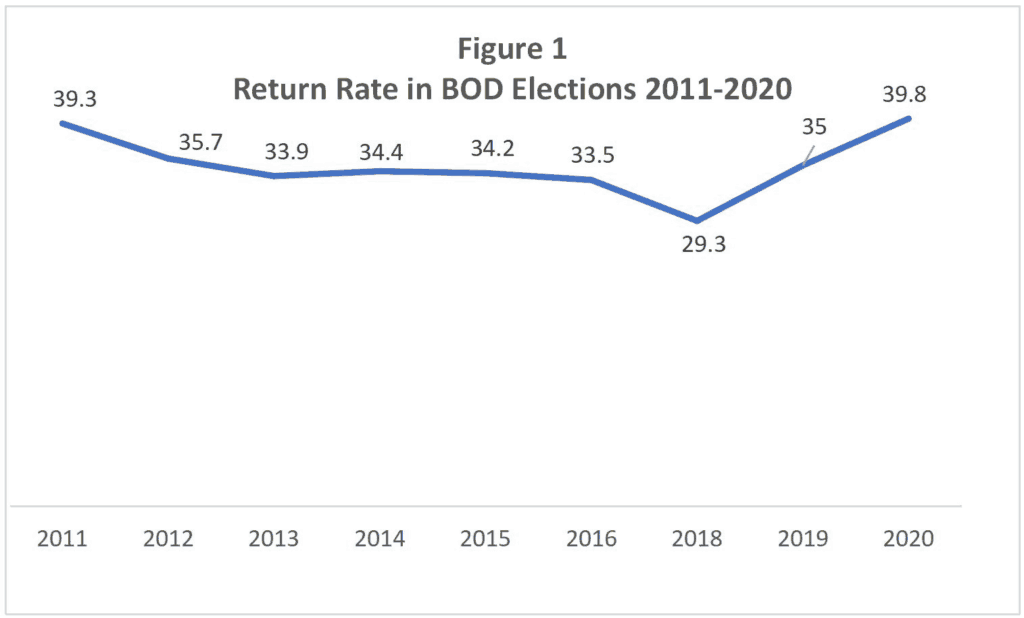
Figure 1 indicates that turnout for the 2020 Board election was the highest since 2011 with nearly 40 percent who received a ballot returning it. This was nearly 5 percent higher than the 2019 election as well as the average for the past 9 Board elections. Since the depressed turnout in 2018 the last two elections are a reflection to the return to normal and above in 2020. Figure 2 addresses the second issue, a comparison between residents and non-residents in their return rate. In 2020 there were 23,074 property owners in good standing– 59.4 percent were non-residents and 40.6 percent residents. Clearly there are more potential non-resident votes than resident. But the question becomes, who votes? Figure 2 provides the answer. It is statistically possible for non-resident property owners to control the election of the Board of Directors.

However, as Figure 2 illustrates there is a vast gap between the two groups. The figure shows the vast majority of those ballots returned came from resident property owners. As one can see, 69.4 percent of the “returned ballots” were from residents. The figure also shows that in each election for the Board since 2011 the majority of votes have been from residents. Furthermore, over the years, the residents have become increasingly more likely to return their ballots while the non-residents participation has continued to decline. There is a clear pattern—greater engagement in the electoral process among residents and a diminishing role of non-residents. The frequent public discourse on the inordinate role of non-residents over the electoral process and the affairs of the village is clearly false in Board elections. This is particularly true of the last two elections where there has been a significant decline in non-resident participation. The past election set a record in the percent of ballots returned by residents.
Voting
The voting patterns are a reflection of return rates. As figure 3 shows, the percent of the vote that comes from residents versus non-residents reflects the turnout pattern. The results are clear – those who live in the village control the village’s governance. As the Board’s functions increase over the years their decisions are more directly visible to those residing in the village. In the 2020 election, 70.7 percent of the vote came from those living within the village and 29.2 percent came from those outside. What is significant is the pattern over time. This pattern is a complete reversal of the non-resident and resident vote. This pattern has significant ramifications for those elected. Their role and their decisions will be increasingly scrutinized by their neighbors. This will call for new adjustments from both the Board and the residents.
General Observations From the 2020 Election
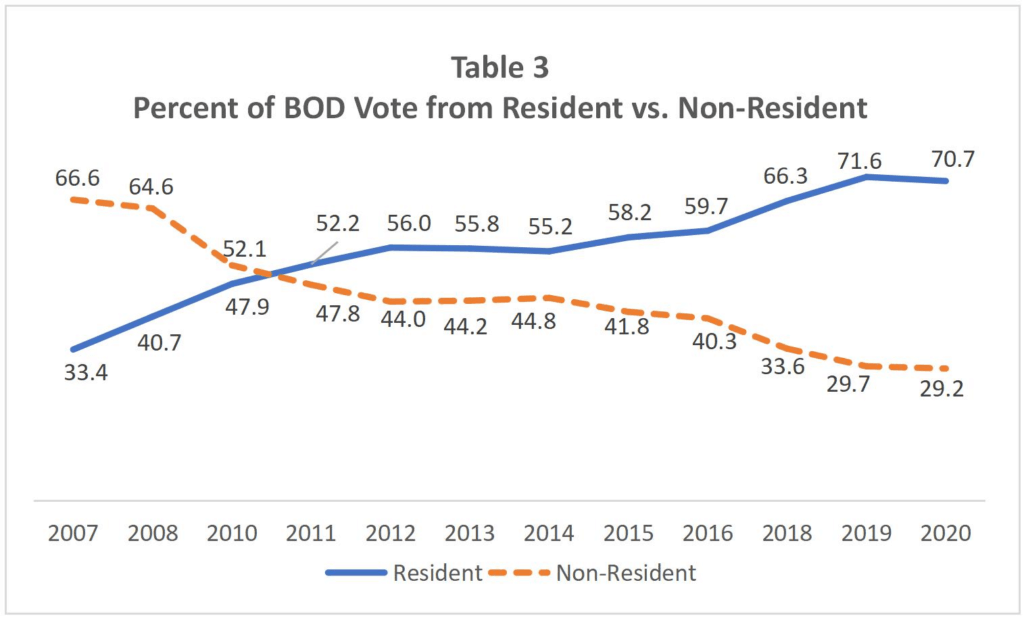
There are several general observations that can be drawn from the past election. First, there was a highly incentivized vote among residents of the village. Second, while resident voting increased, there was an unusually low degree of participation among the non-resident property owners, although a slight increase over the past year. Third, the factors that drew more residents to vote may well explain the opposite effect on the non-resident voter for they continued to abstain from the voting process. Fourth, the election reflected local polarization that spawned new groups and galvanized old. The question that needs to be addressed is what are the factors that contributed to the new pattern of involvement that has appeared in the last three Board elections? Until these questions are resolved, the task of governing the village will remain increasingly challenging.
By Jerry Yeric, March 25, 2020
***
For your convenience, below is the pdf version of Mr. Yeric’s article.
Observations on the 2020 POA Board Election PDF
Observations-on-the-2020-POA-Board-Election.jly-pwa***
Published on Hot Springs Village People Website, 4.2.20
Editor’s note: Jerry Yeric is a member of the Hot Springs Village POA Governmental Affairs Committee. Click here to visit the Governmental Affairs Committee Website.




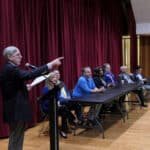
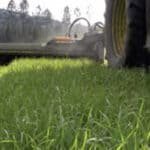
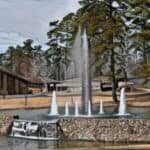




Lynda Narug
04/02/2020 — 7:23 pm
How many that voted were original property owners or inherited from deceased member? I would guess those that inherited their property (land and/or house) and had no interest in HSV or ever visited (even trying to sell) had little incentive to vote. There’s so many areas with For Sale signs, maybe 50 years some will be sold, but not in our lifetime. Cooper had a great idea, but he bought too much property for that to ever happen.
Marketing is needed following Cooper’s model, but that’s not happening either. The marketing is now done only by the real estate companies not as Cooper did, the entire USA, plus some foreign marketing.
Survey some old timers how they found out about HSV.
Julie
04/03/2020 — 6:11 am
The factors contributing to the new pattern are malfeasance and duplicity by the board and the “ceo”.
Question answered.
Karen Daigle Lundberg
04/04/2020 — 9:22 pm
Simple and direct, Julie, and the perfect answer.
Mark
10/13/2020 — 1:44 pm
As someone who is in the early stages of looking at possibly purchasing property and moving to the Village, I have seen warning comments on several websites about now not being a good time to come there due to said “malfeasance and duplicity.” Were those problems fixed by the results of this election? Or is that too potent a question to ask in a public forum?